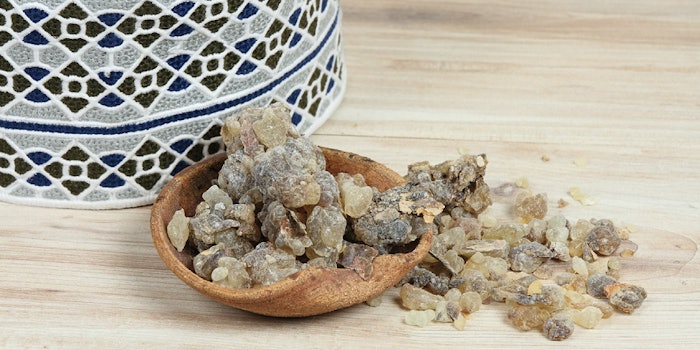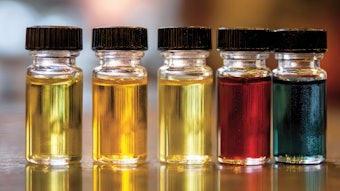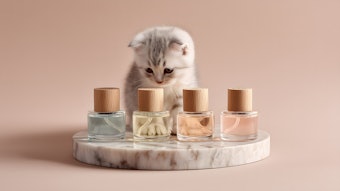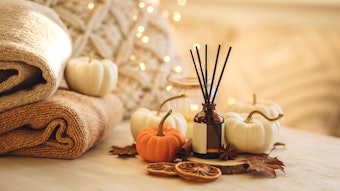
A heavy package arrives at my door, a present from my husband, who knows I dearly love surprises. I tear into it as I always do, making my way through the layers of onion skin paper, each releasing a heady, dusty scent into the air. When finally, I reach the center, I find an African mask looking up at me; age coloring the wood black, delicately carved birds swooping along the contours of the cheek – an elegant beak diving down the front, bisecting the abstract features. And while the object itself is arresting, beautiful and powerful in its own right, the scent coming of it is equally compelling. I smell dust, smoke, delicate oils of aromatic wood, traces of herbs and the unmistakable heavy lingering resin. It smells of frankincense and more…unknown saps rendered into pastes and glazes: an aroma that seems to reach out through time, telling the tale of sacred rituals, and magic throughout the eras.
Turning this mask to peer at its underside, I see rough-hewn carving marks that speak of the artist’s unique touch. Here the scent is lighter, as resins do not coat the surface as they do the front. Here is the scent of wood, and something altogether more human—a faint trace of the body—perhaps the echo of the person who once wore the mask, perhaps the artist himself.
I am reminded of a Minkisi power object in the Metropolitan Museum. This figure of the African Kongo tribe dates from the early 20th century, and is literally filled with sacred resins and magical matter. Often anthropomorphic or zoomorphic, the hand carved Minkisi figures traditionally have a hollowed head or stomach, acting as the “spiritual focal point.” Spiritually charged medicinal materials are placed inside these hollows, and sealed with resins, frankincense among them. The medicinal core can vary, though often it is associated with the dead, and thus ingredients such as grave dirt, bone and clay will be used. Each Minkisi is adorned with varying materials: nails, hair, chicken blood, resin, shells, feathers, clothing and horn, depending on the owner’s needs. The object is repeatedly used, its form added onto with more materials sealed with resin, rendering its spiritual powers deeply personal.a
Turning my attention back to this remarkable gift in my hands, I regard the mask, lift it, and release another cloud of scent. This time, dried flowers, rust and once again resin: cloying, deep and warm and notes of smoke and unmistakable frankincense waft to my nose. I ride the fragrant wave away from Africa towards Europe, where I am heralded into a memory of Santa Maria Cathedral in Rome. Its towering marble pillars support the Byzantine tiled domed ceiling, ironically, I think, as they were pilfered from the ruins of Ancient Roman temples, where incense was burned to call forth the deities. In Santa Maria, ornate braziers swing to and fro, releasing dragon puffs of incense along these ancient columns, the faces of Isis and Osiris still visible in the marble surfaces to the observant visitor. I’ve asked many times what secret ingredients are within this incense, and always have been shooed away. Yet on a recent visit, I found a kindly historian, who in a whispered voice told of the blend of myrrh, benzoin, rosemary, and the ubiquitous frankincense, acting as a fragrant intermediary between parishioners and the divine. It was this unnamed historian who exclaimed excitedly, while gesturing to the smoke creating a delicate haze within the large cathedral, “Imagine, this incense or something like it, was burned in the temples…and before that, in the tombs of Egypt…we just borrowed it back.” Maybe, I think now, it is an echo of paganism, and one which helped lead early Catholics to a place of worship with a familiar practice; the use of aromatic smoke to call forth the divine.
This is the extraordinary nature of this resin – marking time with its aroma. It is culturally immortal, and religiously significant. But the use of frankincense within ritual goes much further back, and to understand it and its hold on a number of cultures, we must look to an ancient Egyptian ruler, ritual burial practices and an expedition that changed the world.











